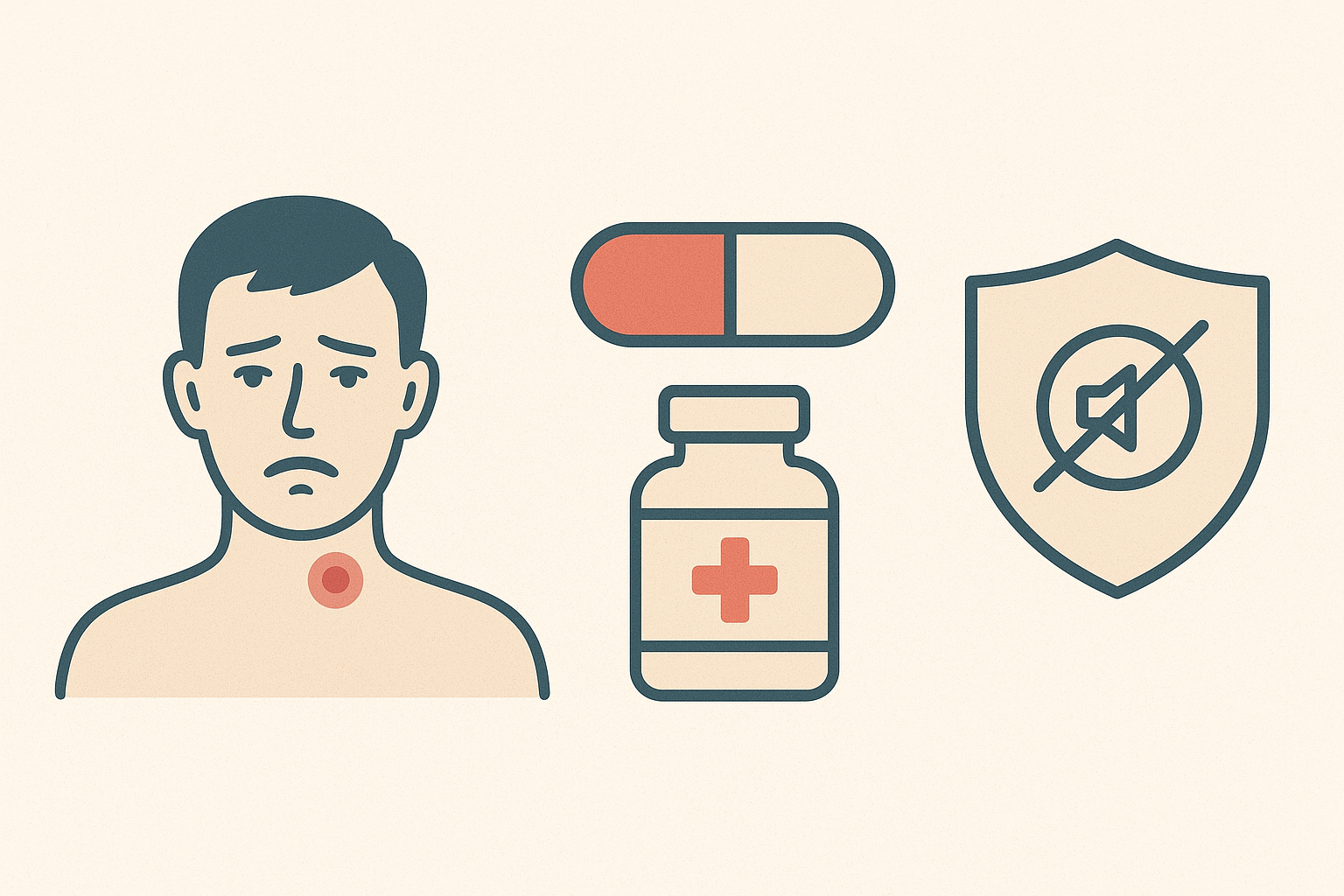
Greetings, friends! Today, we’re here to discuss vitamin D, and this is indeed a timely topic. On June 3rd, the global endocrinology community released new recommendations for vitamin D intake, titled “Vitamin D for Disease Prevention: A Clinical Practice Guide.” On the same day, a systematic review was published analyzing recent studies to support these guidelines. My team and I spent nearly a month studying them, and we are now ready to share the findings.
Key Points from the New Recommendations
- Empirical Prescription
- The expert group emphasizes that empirical vitamin D supplementation is a simple, accessible, and affordable way to support health, suitable for both the general population and healthcare providers.
- Empirical here means that vitamin D is recommended based on practical experience rather than solely laboratory tests. Therefore, there is no need to overdo it with tests, which can be expensive and often inaccessible. It’s enough to take vitamin D according to recommended levels.
- Changing the Approach to “Vitamin D Deficiency”
- Unlike the 2011 guidelines, the new rules avoid the term “vitamin D deficiency.” Studies show there is still much uncertainty around determining optimal vitamin D levels.
- Now, levels below 12 ng/mL are considered truly deficient, while levels above 30 ng/mL are optimal.
- Daily Intake is the Best Option
- It is recommended to take vitamin D daily rather than periodically in high doses. Long intervals between doses are less effective.
- Who Should Take Vitamin D?
- There are four groups clearly advised to take regularly:
- Children aged 1–18: 1,200 IU/day to prevent rickets and reduce respiratory infection risk.
- Pregnant women: around 2,500 IU/day to reduce risk of complications.
- People over 75: 900 IU/day to reduce overall mortality.
- Individuals with prediabetes: around 3,500 IU/day, as this helps lower diabetes risk.
- For other adults (18–75 years old), the daily recommended dose is 600 IU, provided they obtain this from food or sunlight. Additional supplementation is needed if they lack this amount.
- There are four groups clearly advised to take regularly:
- Natural Sources of Vitamin D
- Foods rich in vitamin D include wild salmon (600 IU/100 g), herring (up to 1,700 IU/100 g), canned sardines, and mackerel (300–600 IU/100 g). However, these foods may not be easily available in sufficient quantities for daily intake.
Practical Recommendations
- Daily intake of vitamin D should ideally be in the morning to align with natural sunlight exposure. Evening intake can reduce melatonin production and impact sleep quality.
- If dietary sources of vitamin D are limited, adding supplements is an important measure to maintain recommended levels.
Conclusion: Modern guidelines emphasize the importance of taking regularly and responsibly, without overloading on tests or excessively high doses.





